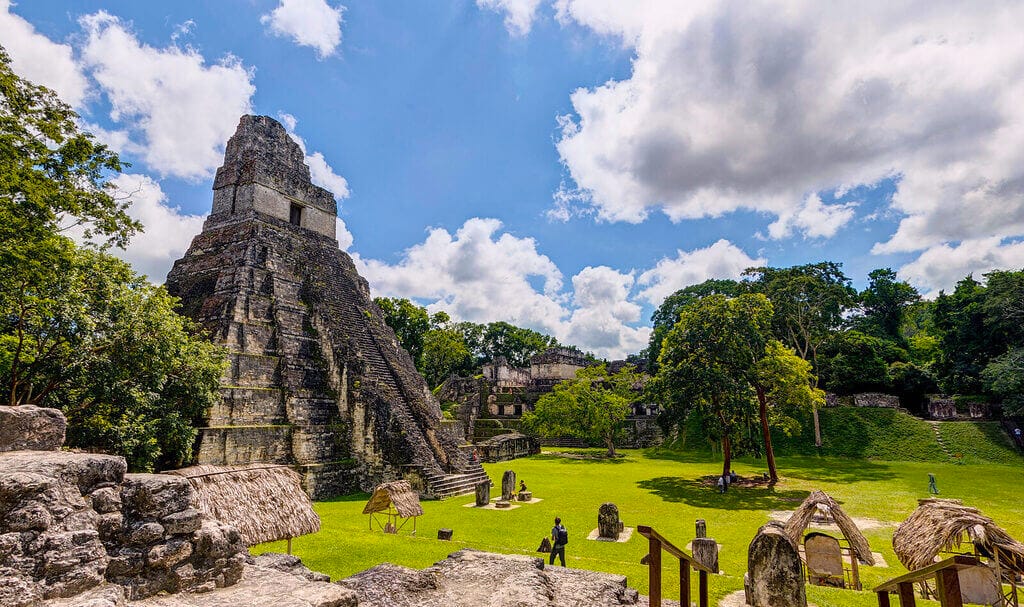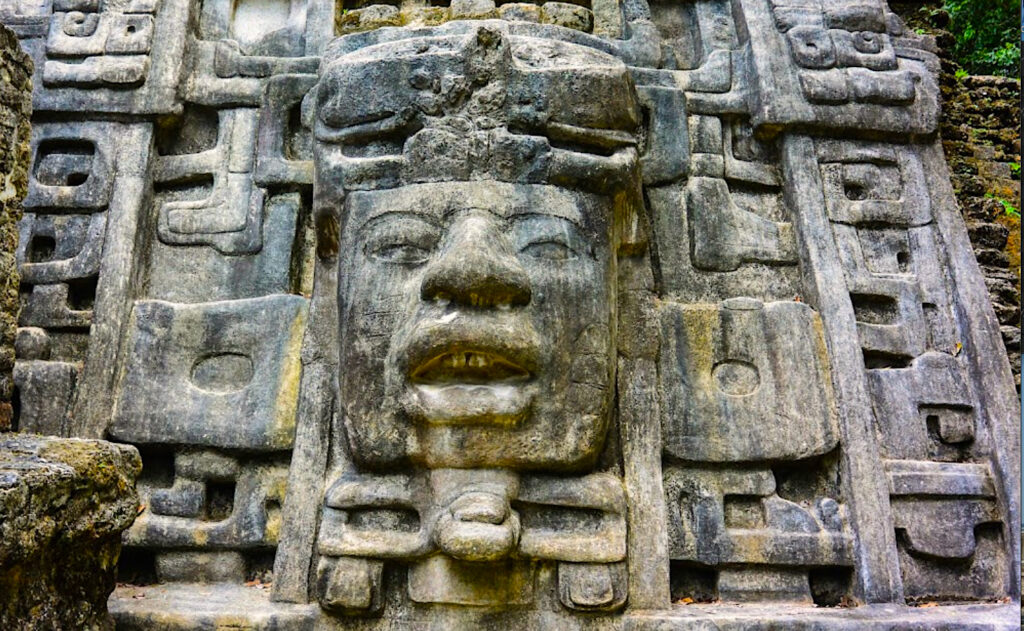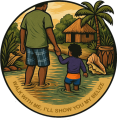Maya Civilizations Compared: Belize, Mexico, and Guatemala
The Maya civilization was never a single empire, but a mosaic of city-states that stretched across what is now Belize, Mexico (particularly the Yucatán Peninsula), and Guatemala. While all shared a cultural and linguistic foundation, each region developed unique traits shaped by geography, politics, and interaction with other Mesoamerican powers.
Belize: Living Heritage and Underrated Power
Belize offers one of the most immersive Maya experiences today. Though smaller in scale compared to some grand cities in Mexico or Guatemala, Belize’s Maya sites are exceptionally well-integrated with nature, and modern Maya communities still thrive here.
Unique Features
- Integration with Nature: Caves, rivers, and the rainforest shaped daily life and ceremonial practices.
- Living Maya Culture: Mopan, Q’eqchi’, and Yucatec Maya people still practice traditional farming, crafts, and rituals.
- Trade Crossroads: Belize’s river systems allowed ancient Maya cities like Lamanai, Cahal Pech, and Caracol to act as trade hubs between inland and coastal zones.
Mexico: Monumental Cities and Calendar Science
Unique Features
- Massive Urban Centers: Chichén Itzá with its Pyramid of Kukulcán is among the most iconic.
- Scientific Advancement: Maya calendar systems and complex astronomical calculations flourished here.
- Influence from Other Cultures: These cities show more architectural and cultural blending with Toltec and central Mexican civilizations.
Guatemala: Spiritual Heartland and Political Complexity
Guatemala is home to Tikal and other deeply spiritual centers that were among the most powerful Maya city-states.
Unique Features
- Tikal’s Dominance: Tikal was a superpower, engaging in war, diplomacy, and religion at a massive scale.
- Sacred Geography: The Petén Basin is rich in ceremonial cities.
- Cultural Resilience: Today, Guatemala has the largest population of indigenous Maya descendants.

Warfare Among the Maya
Warfare played a critical role in Maya politics, especially during the Classic Period (250–900 AD). It was not constant conquest like the Roman Empire, but more ritualistic and strategic.
Belize:
- Caracol vs. Tikal: Caracol in Belize famously defeated Tikal (in modern-day Guatemala) around 562 AD, marking a major shift in regional power.
- Warfare as Legitimacy: Victories were inscribed on stelae to boost ruler prestige.
Mexico:
- City-State Rivalries: Uxmal, Chichén Itzá, and others saw intermittent conflict but often emphasized alliances and trade over war.
- Defensive Design: Walled cities like Mayapán show concern for security.
Guatemala:
- Tikal and Calakmul Feud: This long-standing rivalry dominated Classic Maya politics and involved alliances with cities as far as Copán in Honduras and Caracol in Belize.
- Spiritual Warfare: War was tied to cosmology—captives were sometimes used in sacrifices.
Learn about the Maya Calendar or their Timeline in Belize.
Comparative Table: Maya Civilizations Across Regions
| Feature | Belize | Mexico | Guatemala |
|---|---|---|---|
| Notable Sites | Caracol, Xunantunich, Lamanai | Chichén Itzá, Uxmal, Palenque | Tikal, El Mirador, Yaxhá |
| Living Maya Culture | Strong presence across districts | Present but more assimilated | Largest Maya population today |
| Sacred Caves | Many, linked to major city-states | Fewer known ceremonial caves | Some caves tied to major cities |
| Warfare History | Caracol’s dominance, ritual wars | Sporadic, defensive city designs | Prolonged conflict, superpower wars |
| Tourism Experience | Nature-focused, authentic | Monumental and well-marketed | Spiritual and archeological depth |

Conclusion: Why Belize Holds Its Own
Belize may not have the towering pyramids of Mexico or the ancient political giants of Guatemala, but it offers something truly special: a direct connection between ancient sites and modern communities. Here, the forest still whispers stories, and the people still live traditions that began millennia ago. Belize isn’t just a place to visit the Maya—it’s a place to meet them.
Want to go deeper into the Maya world? Start your journey at BelizeWithAlvin.com.
Personal Reflection from Alvin
Proud to Call Belize Home
I am proud to be living in a land so rich in history. As I continue learning about the Maya, I also celebrate the journey of my own people—those of English and African ancestry who blended to become Belizean Creole. In the 1800s, instead of being in conflict, our ancestors walked side by side with the Maya. Today, those bonds continue to grow stronger.
Many of the people I studied with to become a licensed tour guide are of Maya descent—just like the friends I went to school with after moving from the south to the west. I’ve been invited to Maya weddings and visited villages like Red Bank, where I had my first true experience of Maya life.
Belize is a country where cultures don’t just coexist—they intertwine. And in that blend, the story continues.
Sources & Further Reading
- Martin, S., & Grube, N. (2008). Chronicle of the Maya Kings and Queens: Deciphering the Dynasties of the Ancient Maya. Thames & Hudson.
- Awe, J. J. (2001). The Rise and Decline of Caracol, Belize. Belize Institute of Archaeology.
- Schele, L., & Freidel, D. (1990). A Forest of Kings: The Untold Story of the Ancient Maya. William Morrow.
- Houston, S., & Inomata, T. (2009). The Classic Maya. Cambridge University Press.
- Helmke, C. & Awe, J. (2012). Death Becomes Her: An Analysis of Panel 3, Xunantunich, Belize.

